By Nick Nutter | Updated 5 Mar 2022 | Almería | Villages |
Login to add to YOUR Favourites or Read Later
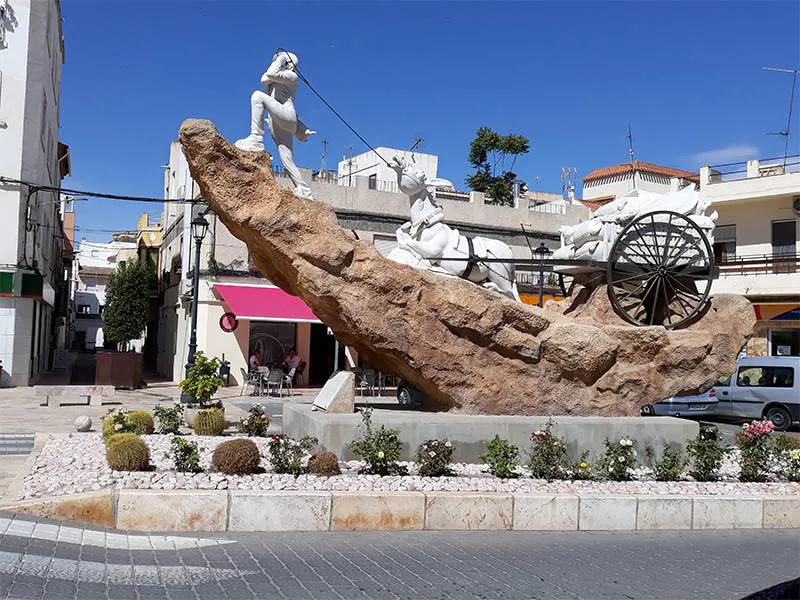
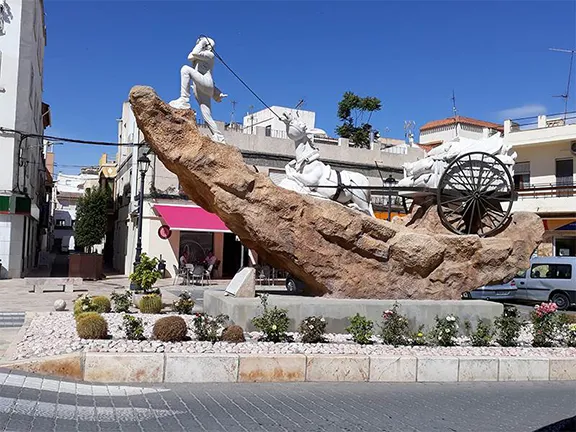
Donkey Square Albox
If you are travelling from Lorca in Murcia to Baza in Granada province, one of the routes you can take is the A334 that takes you up the valley of the Rio Almanzora between the Sierras Filabres and Estancias to the high pass at El Hijate. This is an ancient route, first travelled by hunter-gatherers and then by the Neolithic people, both attracted by the well-watered valley of the Almanzora. Within only a few kilometres north of the valley, the verdant green, irrigated valley is left behind and you enter a different world. Stony and arid steppes, dry hills with a sprinkling of almond groves, and perennially dry ramblas. One such rambla takes you to the town of Albox.
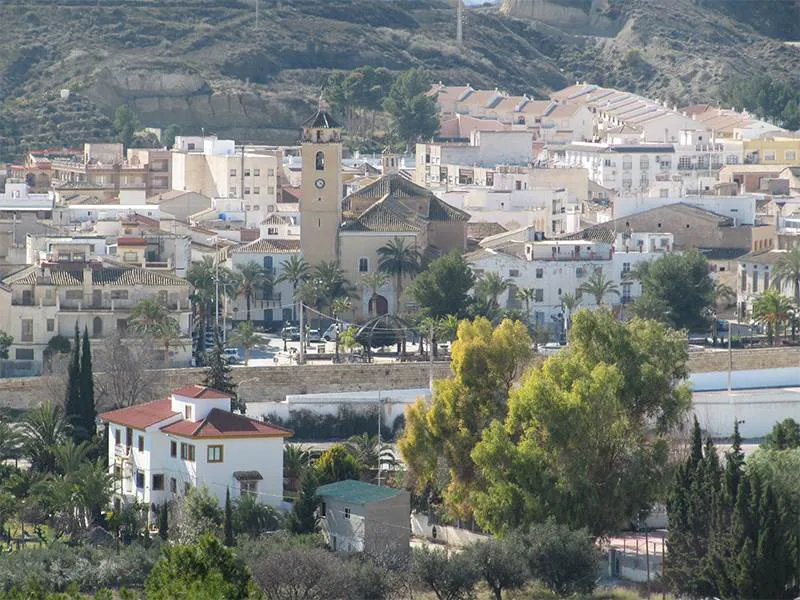
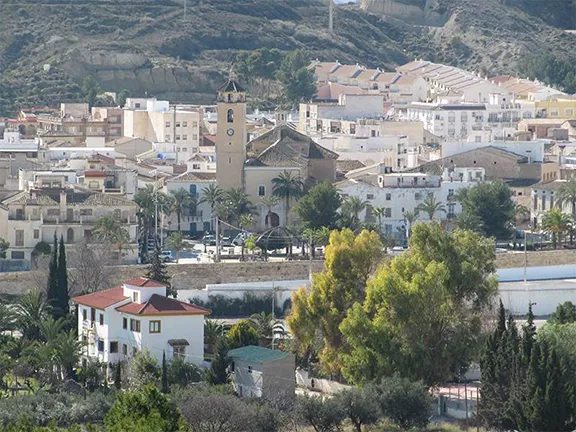
Overlooking Albox
As you approach the town it is hard to imagine why a town should exist there at all. The dry rambla that passes through the town obviously has water down it periodically, quite substantial amounts if the depth of the water channel is any guide, but for the majority of the time it is as dry as a bone. Annual rainfall averages 254 mm, compared to Andalucia as a whole with 550 mm. It is only when you discover that Albox once had a large castle, built by the Nasrids during the 14th and 15th centuries and that the name means ‘tower’ in Arabic, that you realise Albox was in a strategic position on the borders of the Nasrid Kingdom of Granada and the Christian Kingdom of Murcia. Albox castle was one of the more important fortifications on the border, the others being Serón, Cantoria, Oria, Tijola and Purchena. A small town grew in the shadow of the castle.
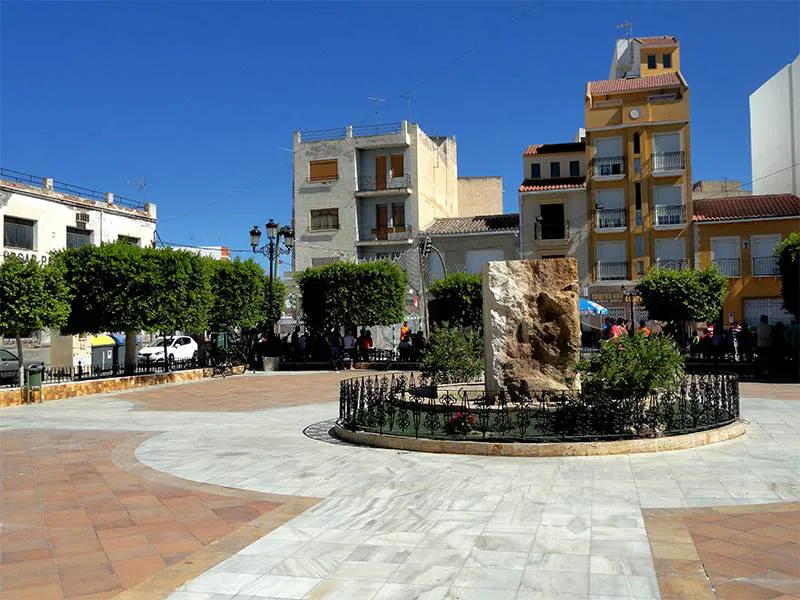
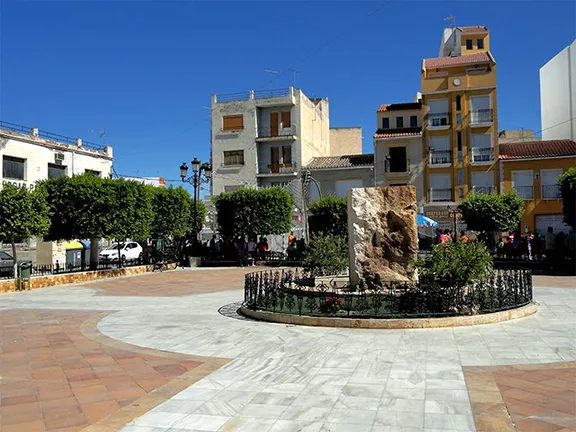
Another Sculpture
In 1436 the town was taken by Adelantado Mayor of the Kingdom of Murcia (Crown of Castile), Alonso Yáñez Fajardo, and later incorporated into his Marquesado de los Vélez. The castle, badly damaged during the siege, fell into disuse. Its final demise came in 1518 when an earthquake devastated the town and the stone from the castle was used in its reconstruction. The citizens of Albox, in common with many towns in this part of Almeria, participated in the Morisco Revolt between 1568 and 1571. After the revolt was crushed, most of the Moriscos, the majority of the population of Albox, were expelled from the province. They were replaced with people from Murcia, Valencia and La Mancha. Gradually Albox, with its weaving looms and pottery industry, became a commercial centre on the mule trail between Baza in Granada province and Lorca in Murcia.
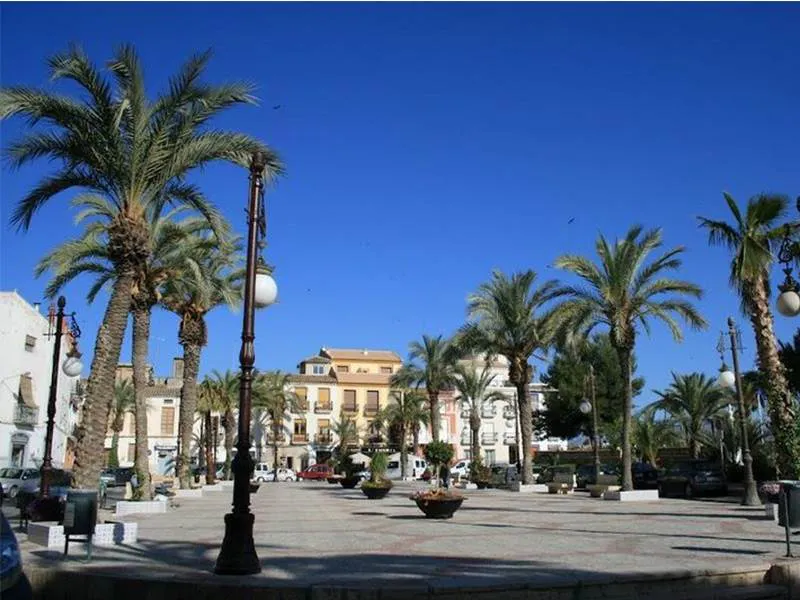
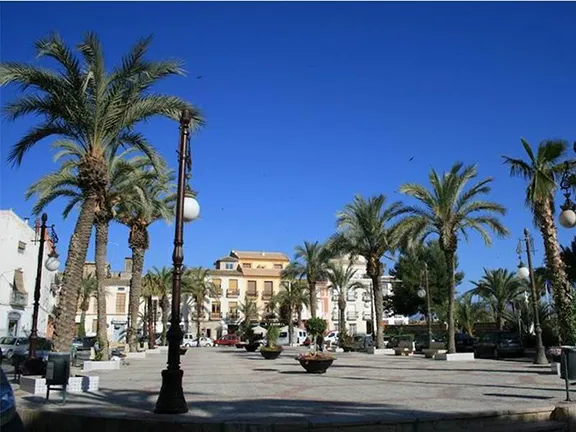
Plaza Mayor
By the early 19th century, Albox was a thriving place, prized by the invading French forces of Napolean Bonaparte. The townspeople took part in two skirmishes, in 1810 and 1811, to defend their town.
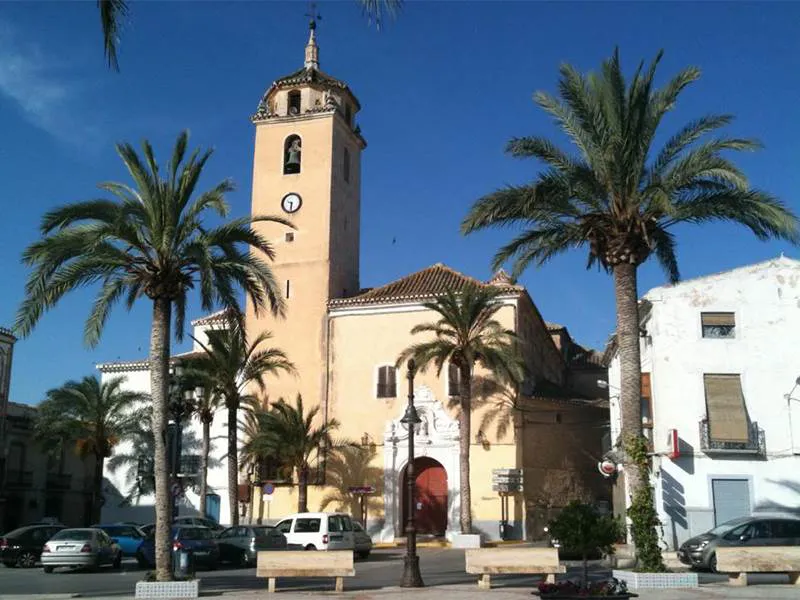
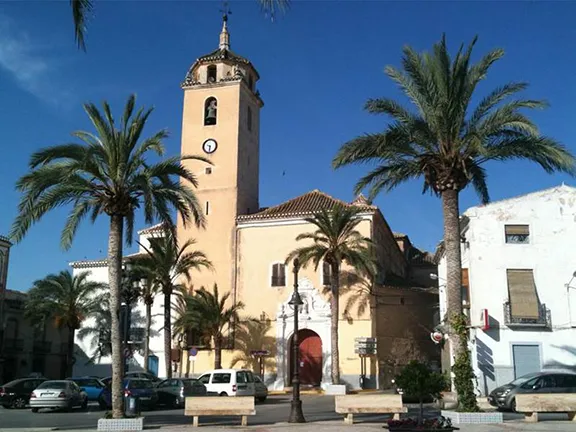
Iglesia Santa Maria
Today, Albox has a population of about 12,000. Its market is still renowned in the area and the town has an unstated air of gentility about it, enhanced by the occasional ‘bourgeois’ looking large house. Plaza Nueva, otherwise known as ‘Donkey Square’ is the centre of social life in Albox. The square is dominated by the statue of a donkey and cart being hauled along by a carrier. It represents the indomitable attitude of the townspeople through the ages. It was created by local sculptor, Maria Isabel Garcia Oller and unveiled in 2011; three years before drinking water became universally available in taps in the houses. Other sculptures by Maria may be found all over town, they have a rugged feel to them, characterising the doughty nature of the Albonjenses.